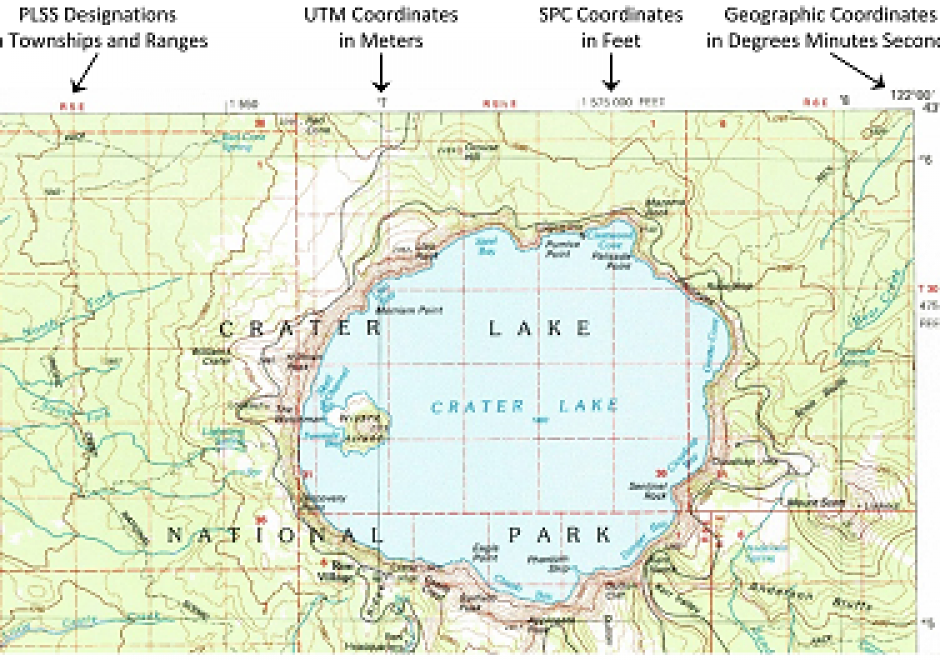CV-21 - Map Reading

Map reading is the process of looking at the map to determine what is depicted and how the cartographer depicted it. This involves identifying the features or phenomena portrayed, the symbols and labels used, and information about the map that may not be displayed on the map. Reading maps accurately and effectively requires at least a basic understanding of how the mapmaker has made important cartographic decisions relating to map scale, map projections, coordinate systems, and cartographic compilation (selection, classification, generalization, and symbolization). Proficient map readers also appreciate artifacts of the cartographic compilation process that improve readability but may also affect map accuracy and uncertainty. Masters of map reading use maps to gain better understanding of their environment, develop better mental maps, and ultimately make better decisions. Through successful map reading, a person’s cartographic and mental maps will merge to tune the reader’s spatial thinking to the reality of the environment.


DC-01 - Professional Land Surveying
Professional Land Surveyors are the only profession that create the legal description of land parcels, which are then officially recorded to show ownership and rights pertaining to each and every land parcel within a jurisdiction. The Surveyor is skilled at undertaking the physical measurements that are needed to locate accurately land parcels on the ground and to write the unambiguous legal description of the land to create legal title in real estate. These land ownership records are critical for the transfer of ownership in the real estate market. The legal land description provided by Surveyors forms the foundation, and the real estate market provides the mechanism, for real estate to become the largest store of tangible wealth in any free market economy.